Glasgow's forgotten motorway: The story behind the 'ghost junction' on Glasgow's M8
and live on Freeview channel 276
The construction of the M8 - the great Central Belt motorway that connects Glasgow and Edinburgh - did not come easily, as many sacrifices had to be made across Glasgow and beyond, and their best-laid plans quickly came apart, leaving bizarre artefacts like the Maryhill 'ghost junction' at St George's Cross.
The ghost junction is a remnant of plans for an 'inner ring road' in Glasgow - essentially an extension of the Anderston / Townhead section of the M8 which would circle round the city centre and provide easy access to and from all the satellite districts. Well that was the idea at least.
Advertisement
Hide AdAdvertisement
Hide AdThe beginnings of the M8 came with the post-war 'Bruce Report' of 1945, a novel idea at the time which foresaw a futuristic city centre encircled by a ring of dual carriageways with slip roads branching out north, south, east, and west. The inner ring road would have ravaged inner city Glasgow, requiring huge scale demolition works to carve a circular swathe around the city centre. The idea was shelved, but it was far from forgotten.
A decade or so later, planning dossiers brought the idea back to life, and construction began 20 years after the initial Bruce Report. Work began in 1965 and lasted up until 1972, they built 2.7 miles of the intended inner ring road (which is now considered to be part of the M8), which runs through the northern districts of Townhead and St George’s Cross before darting south, carving a deep ravine through Charing Cross and Anderston then rising once more to cross the Clyde via the Kingston Bridge.
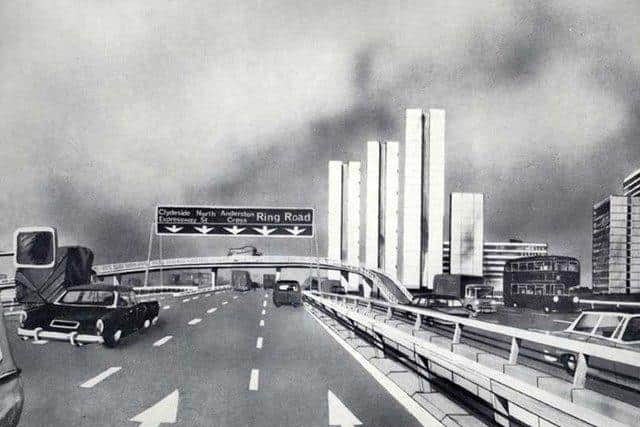

It entirely devastated the community of Anderston and Townhead, and took massive cultural landmarks like Glasgow's Grand Hotel, which had to be demolished to make way for the motorway. The route forms what had been intended to be the Inner Ring Road’s north and west flanks. If the inner ring road continued, it would have done the same thing to High Street (Glasgow's oldest street) and the Merchant City, which could have seen the razing of landmarks like Glasgow Cathedral, Provand's Lordship, and the Tolbooth Steeple.
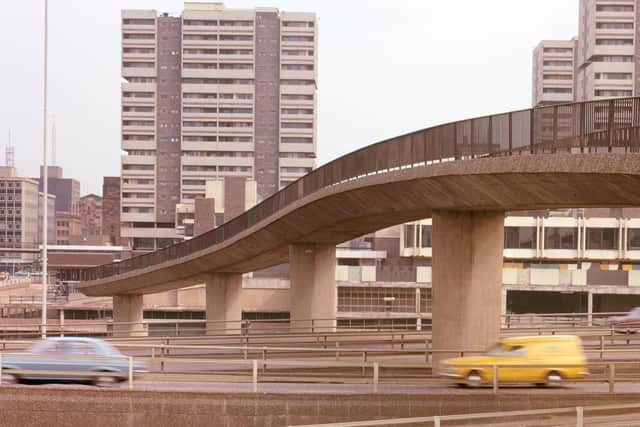

Thankfully, the south and east ends of the inner ring road were never complete, thanks in no part to the city council or the Scottish Office, but to Glaswegians who feared for the effect on their communities the dual carriageways would bring and posed massive public opposition to the completion of the motorway loop. The plans were officially scrapped in the early 1980's.
Advertisement
Hide AdAdvertisement
Hide AdDespite Glaswegian's clear opposition to the motorways and their effect on the community, much of the land it was built on was earmarked for demolition in the slum clearances of the 20th century, as Glasgow demolished much of the old run-down tenement housing in favour of high-density high-rise tower accommodation.
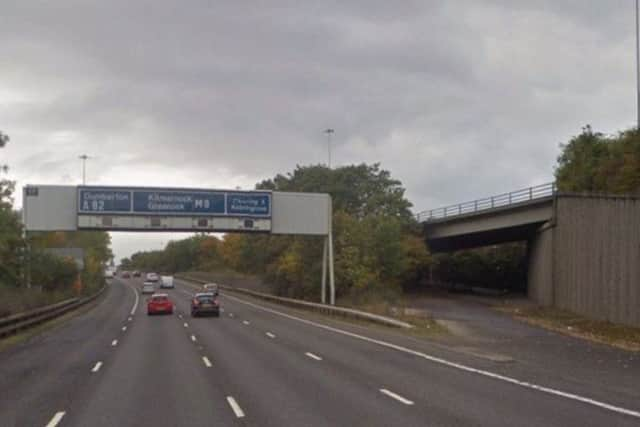

That being said, the abandonment of the inner ring road idea left many bizarre urban planning artefacts. For instance, the ghost junction at St George's Cross. This was intended to be an M8 extension to run up to North Glasgow, principally Maryhill. There's more than one around the same stretch of Townhead / St George's Cross - which were all intended to link up with the Maryhill M8 extension.
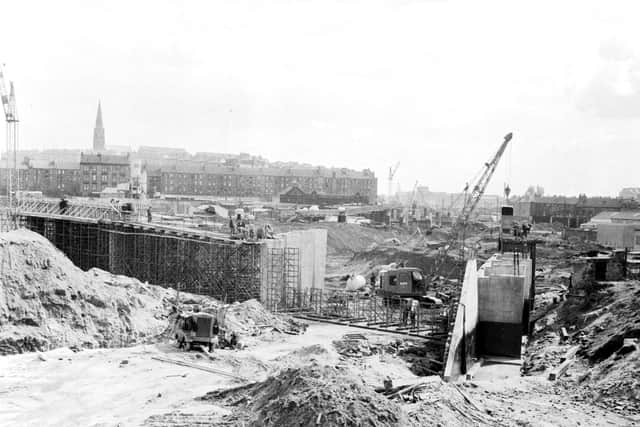

The most famous of the ring road reminders was the 'ski-jump' south of the Kingston Bridge at Tradeston - an incomplete junction which rises into the air before terminating abruptly. The ski-jump had been intended to link with the south section of the ring road. Instead, it hangs forlornly, waiting for a connection which will never be built.
Most shameful of the artefacts was slightly further up the west ring road, the empty podium which stood at Charing Cross. This was visible at the bottom of Sauchiehall Street and it lay empty until it was replaced by the garish big pink Tay House office block in the 1990's. We're honestly not sure what is worse to look at.
Advertisement
Hide AdAdvertisement
Hide AdAnother one of Glasgow's most notorious landmarks was completed 40 years after construction began. The 'Bridge to Nowhere' was a pedestrian link over the M8 motorway at Anderston, but it was never finished in the 1970's and ended about 40ft in the air behind the Hilton Hotel. It eventually was finished in 2013.
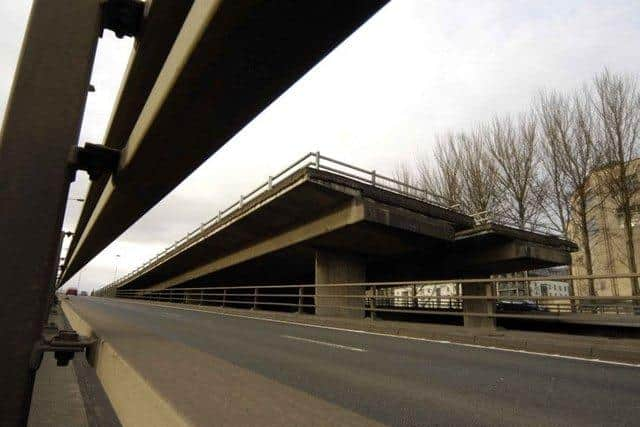

Finally, in the Gorbals, a short section of Lauriston Road becomes dual carriage just as it approaches the corner, mirroring the turn in the road a mile to the west where the Tradeston “ski-jump” is located. Although the dual carriageway was added much later than the 1970s, it is likely that this land had been set aside in preparation to meet the ring road’s south flank. While we (thankfully) never got an east flank to the inner ring road, we did get the M74, which was built a few miles south of the intended site, avoiding carving a dual carriageway shaped ravine through Glasgow's oldest district. In 2011 £700m was spent bridging the gap between Hamilton and the M8 at Tradeston making commuting to town much easier for the people of South and North Lanarkshire.
Unlike the plans for the inner ring road it bypasses most of south east Glasgow - bypassing the Gorbals and Eglinton Toll which the ring would have encompassed.
Comment Guidelines
National World encourages reader discussion on our stories. User feedback, insights and back-and-forth exchanges add a rich layer of context to reporting. Please review our Community Guidelines before commenting.
